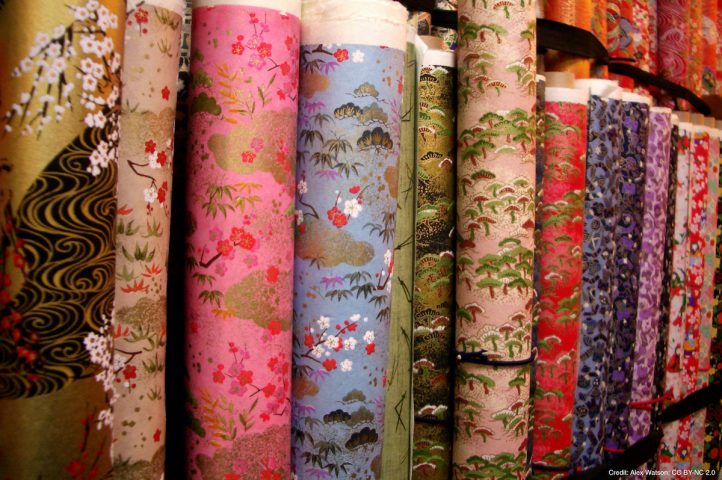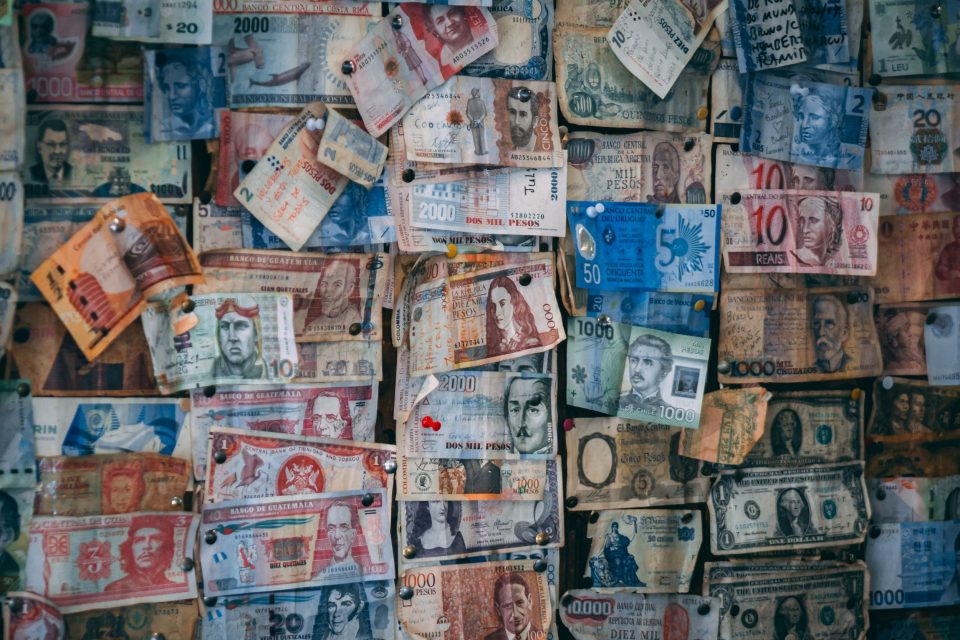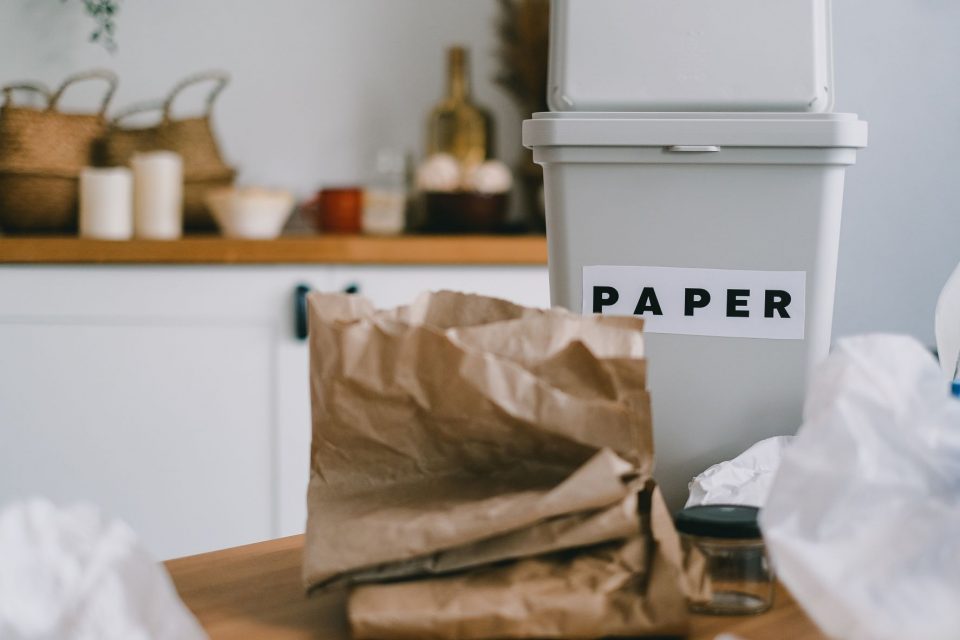Have fun with washi paper

Remote and productive
April 7, 2020
How to deliver a top-notch presentation for your clients
April 14, 2020
Washi paper is one of Japan’s most culturally important products. Made for over 1,300 years, Japanese washi paper is such an integral part of Japanese culture that towns have grown up around washi paper production.
A translation of washi simply means Japanese paper. Brought to Japan from China, around 610, it was introduced to the country by Buddist monks, who used the paper to write sacred sutras on. One of the oldest books on Japanese history, the Nihon Shkoi, written in 720, claims that the paper came via a Korean Buddhist priest, Doncho, who also brought ink-making techniques with him.
How is washi paper made?
Washi paper is traditionally made in the winter months, with most washi paper using one of three shrubs: kozo, mitsumata and gampi. Branches are steamed and stripped of bark, which is dried, boiled and then beaten into a sheet. Left to dry overnight, the large sheets dry in the sun, before being cut into washi.
Washi has been used for everything that other types of paper are used for – namely writing and printing – but many traditional Japanese art forms rely on washi, from Japanese paper art to papercraft flowers. The washi texture is very important according to what the paper will eventually be used for. It’s no surprise to learn that washi paper is integral to origami, the Japanese art of paper folding as its thinness better lends itself to folding. While washi paper is used in traditional Japanese paper crafts, you can also try using Japanese rice paper.
Known around the world for Japanese paper walls, washi paper is used in the production of indoor screens and walls, as well as lampshades and shutters. The washi paper’s translucency lets just the right amount of light through.
Washi paper is made all over Japan although some areas are rightly famed for production. Washi no Sato – which translates as the village of washi paper – is home to hosokawa-shi, a style of washi paper that is so ingrained in Japan’s history that has been designated as a UNESCO Intangible Cultural Heritage. Here you can buy custom washi paper, including fine art washi paper, that can be used to make very delicate papercraft pieces.
What is washi tape?
As with Japanese washi paper, washi tape is durable, can be very strong but is also very useful for modern arts and crafts. Washi tape is both thin and durable and is made from natural fibers, such as hemp or bamboo. It is inexpensive, which makes washi tape crafts very popular.
How to use washi tape
Washi tape will stick to many surfaces, including plastic, wood, and metal, but it can be removed without causing damage. For example, a washi tape wall in a child’s bedroom can be changed every few months, making it easy to freshen things up without getting a paintbrush out every time. Washi tape comes in many different colors and patterns, with some solid colors, such as gold washi tape, providing a striking look to your wall of washi paper art.
If you know what you’d like to create, then there are thousands of washi tape ideas that will help you bring your project to life.




